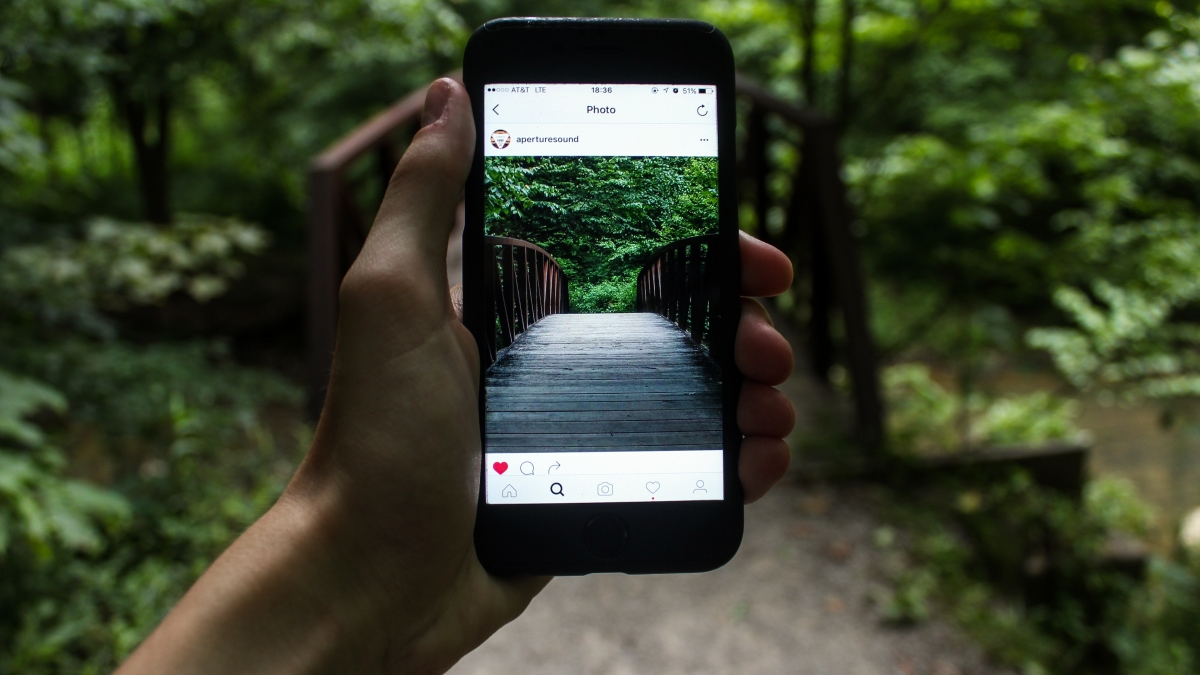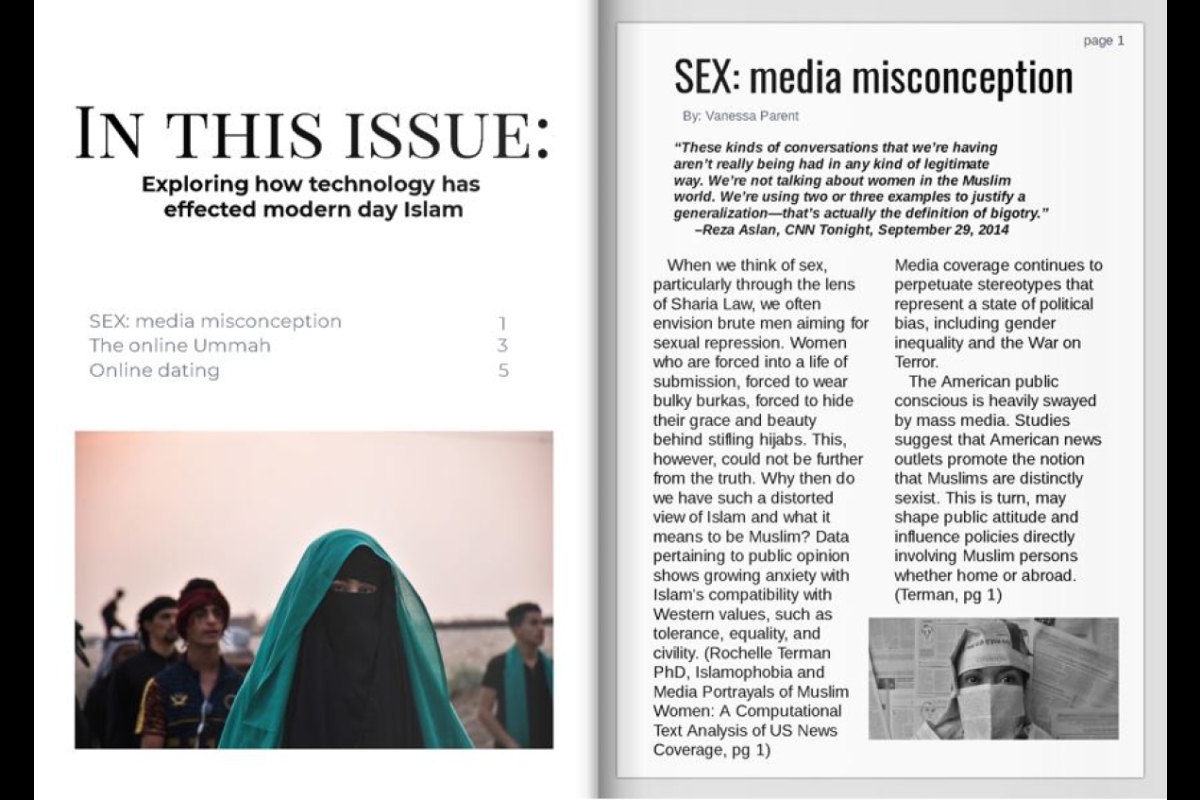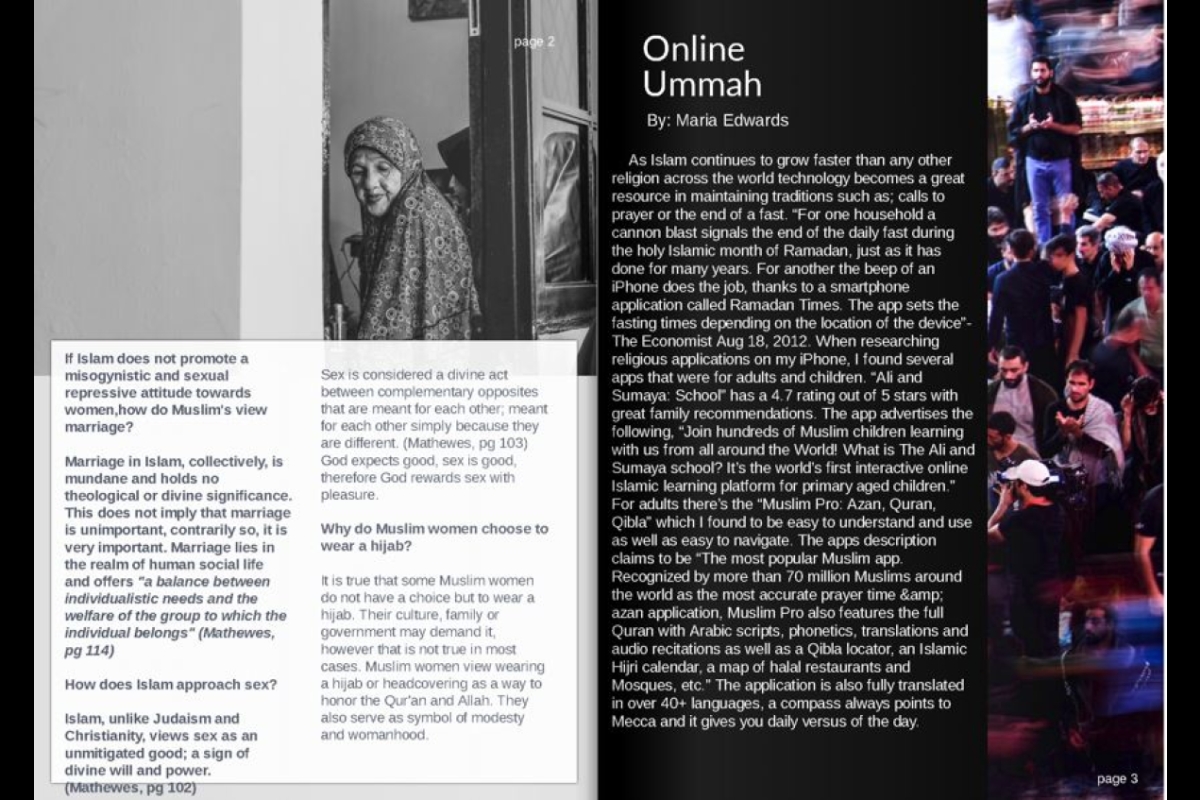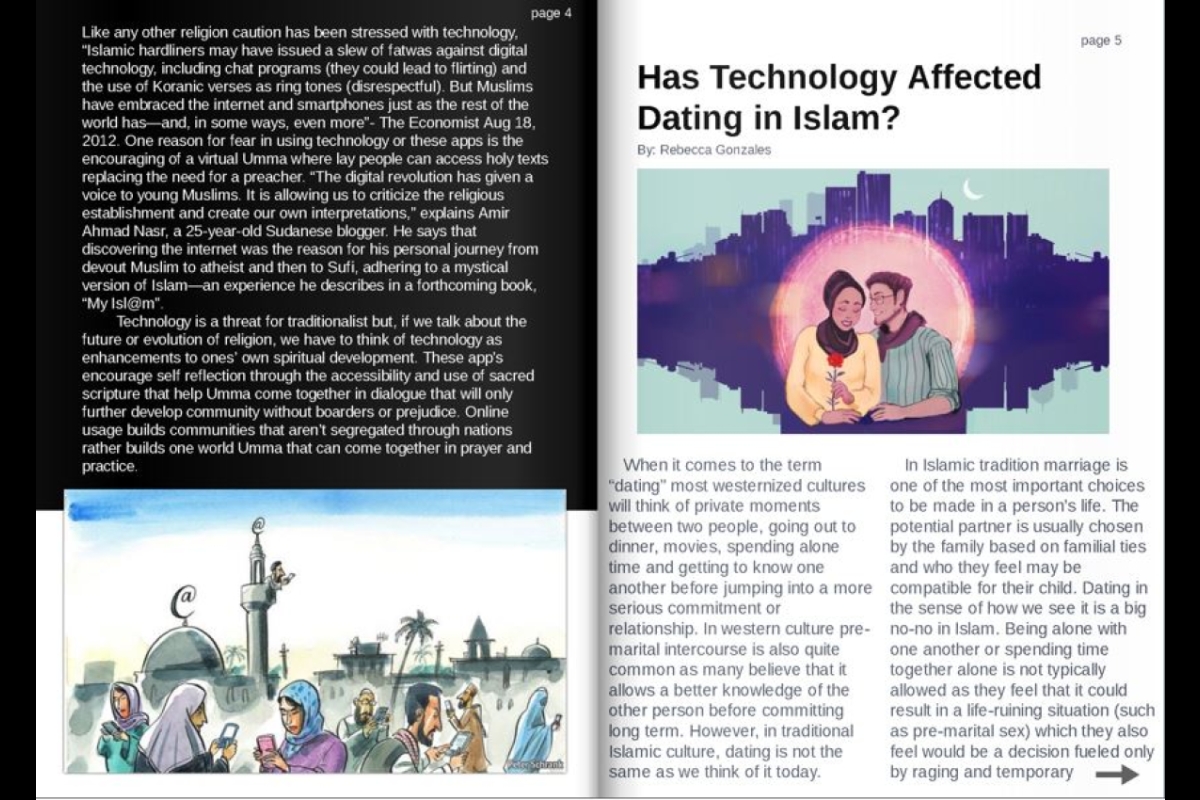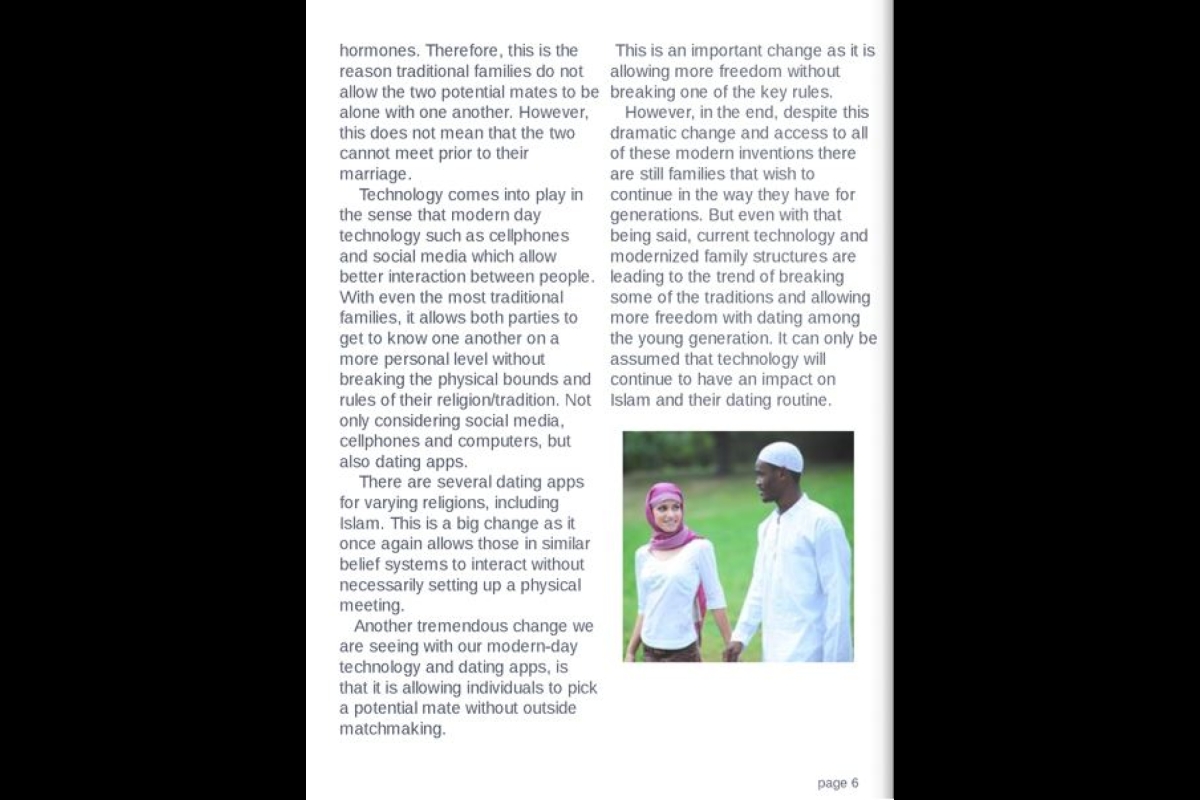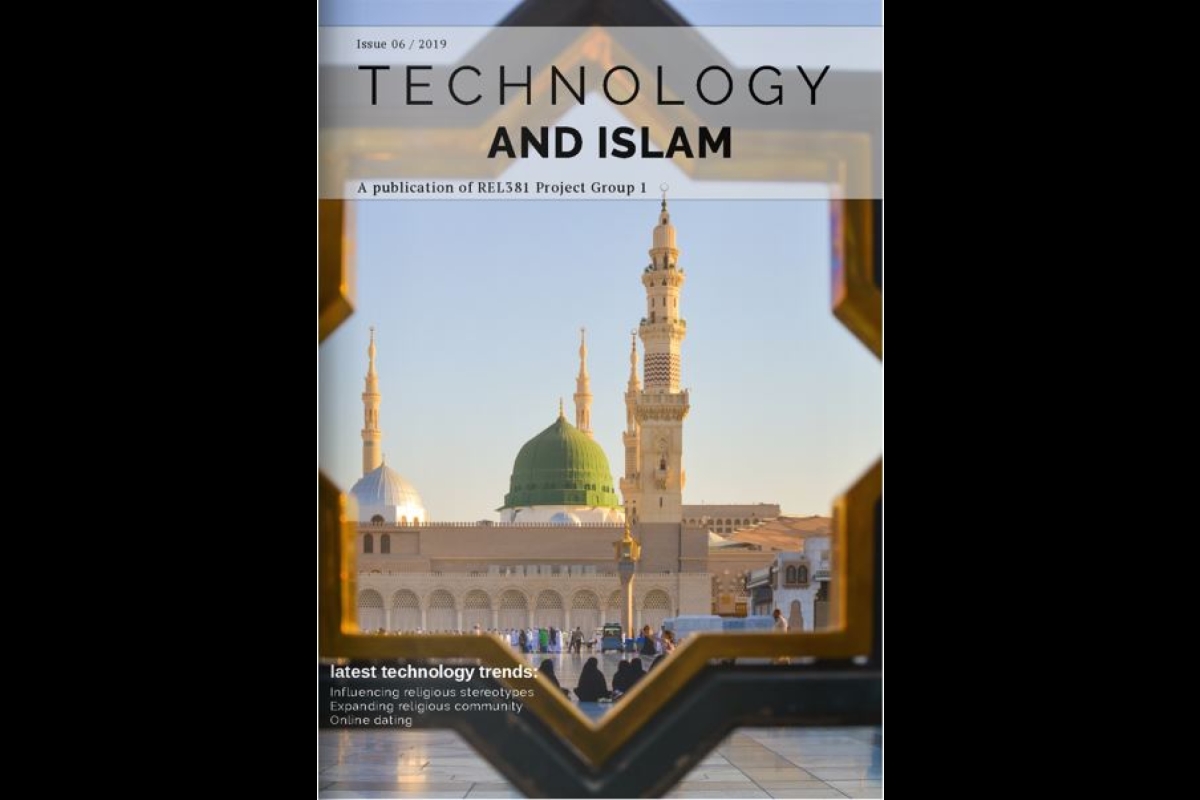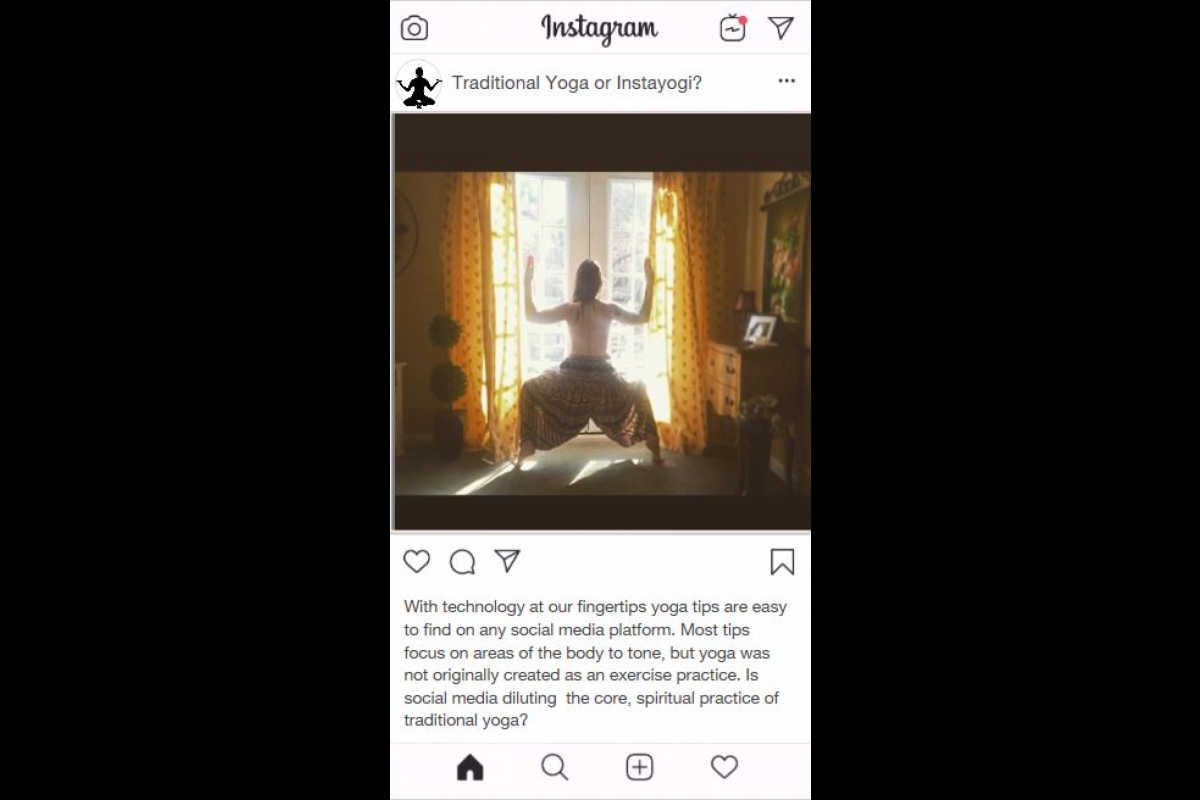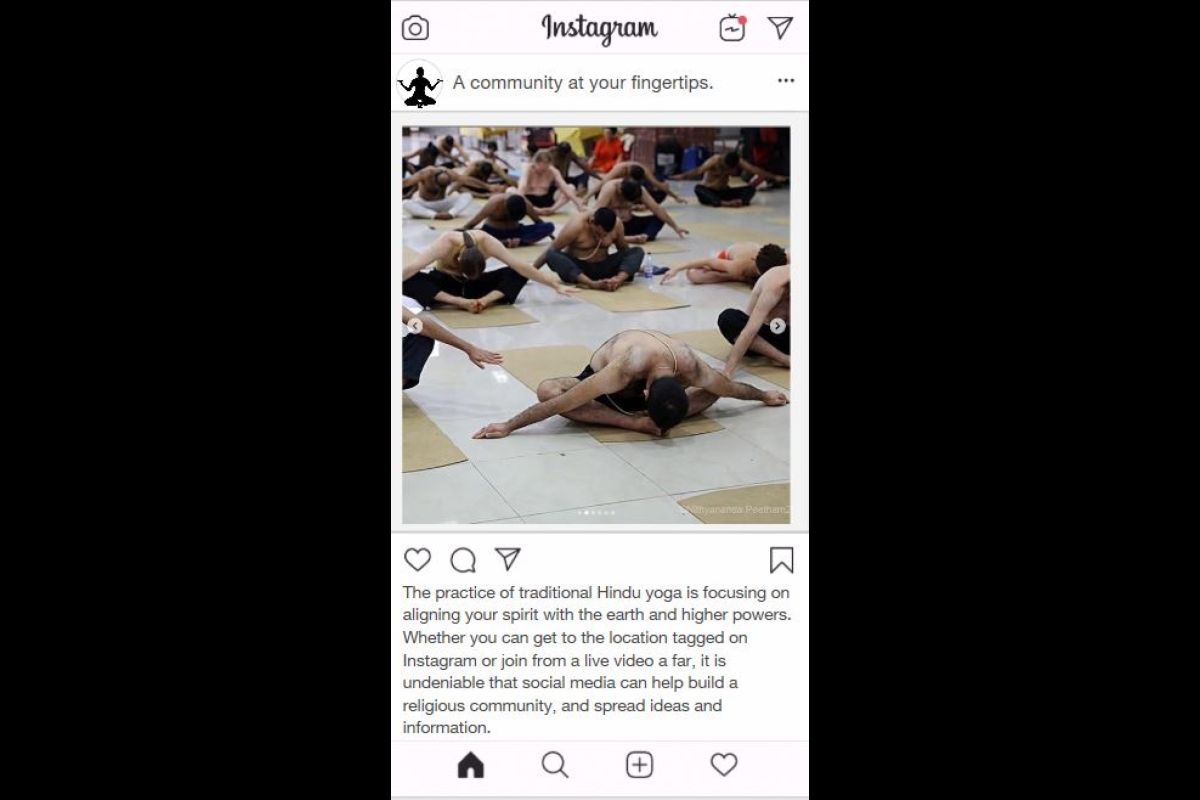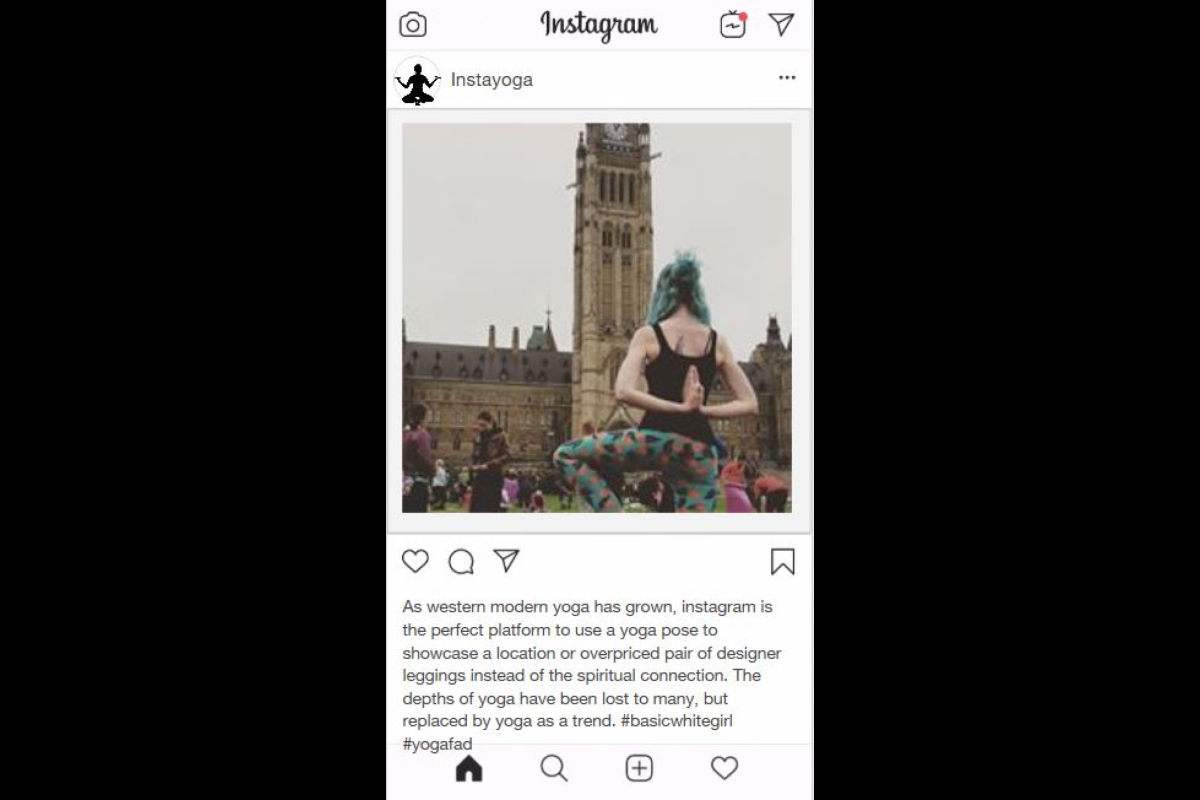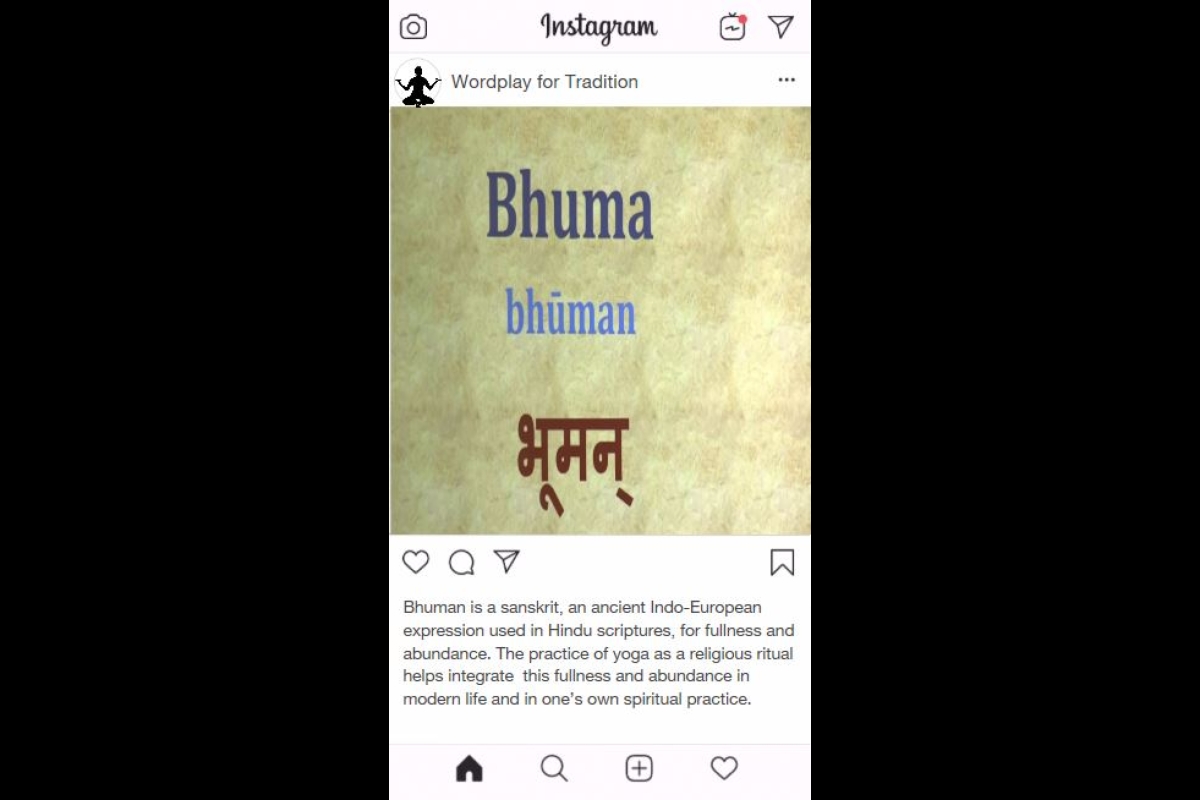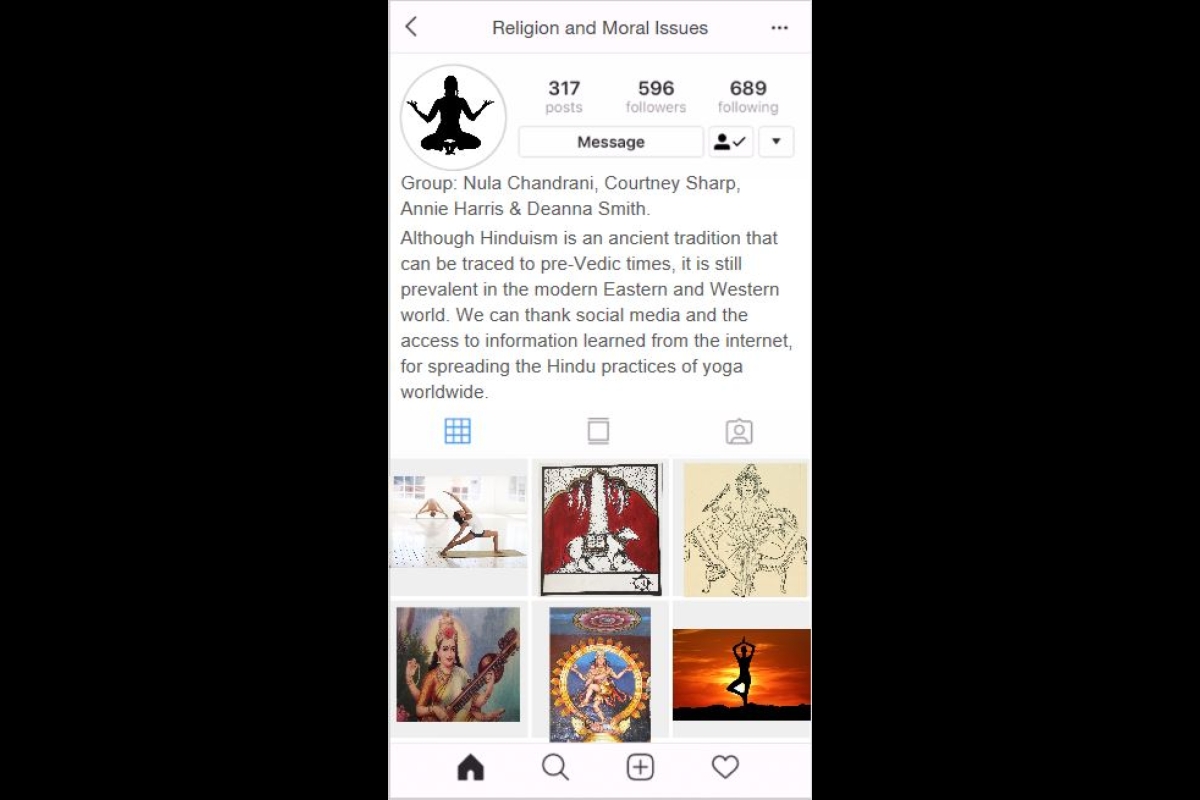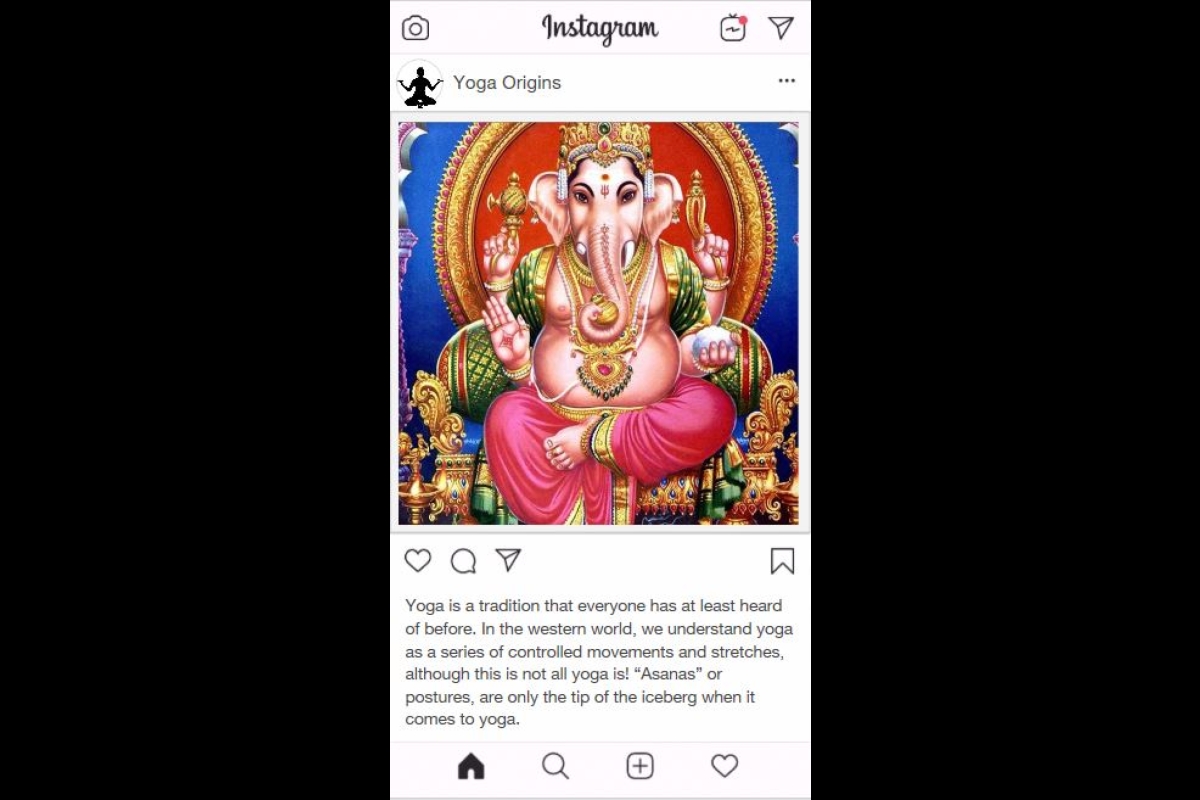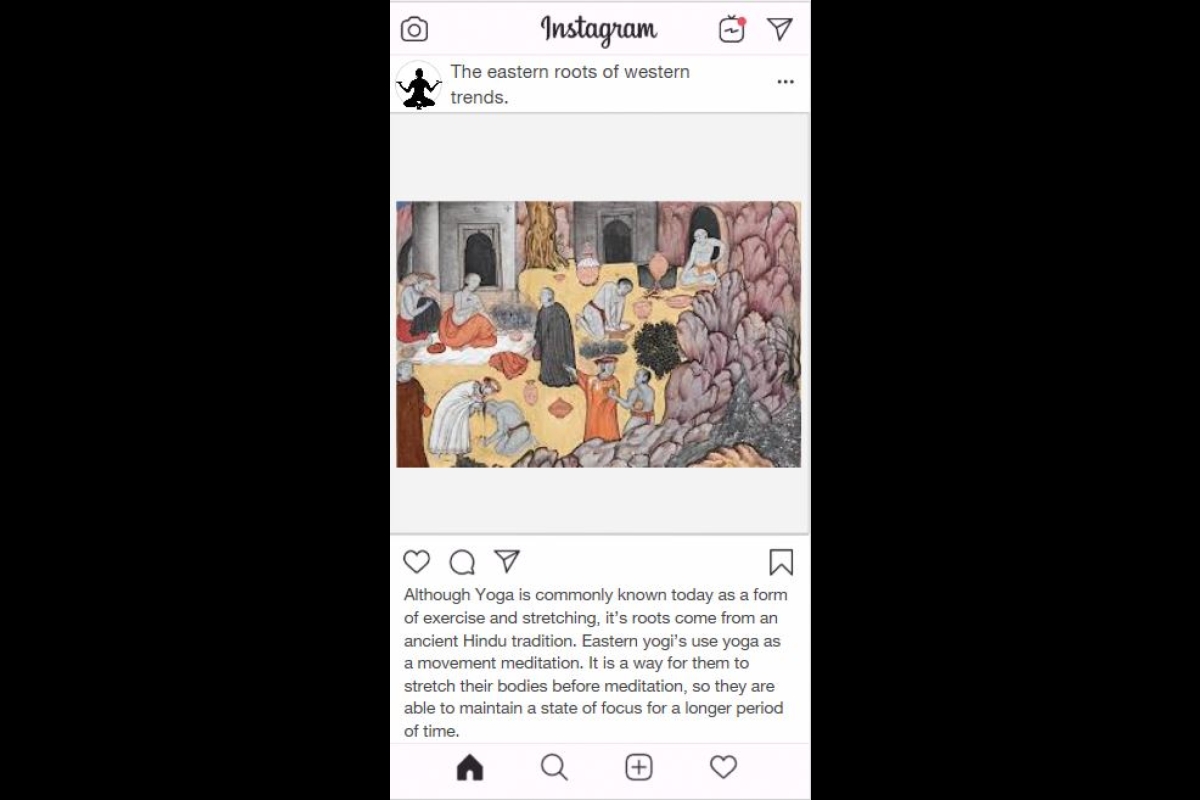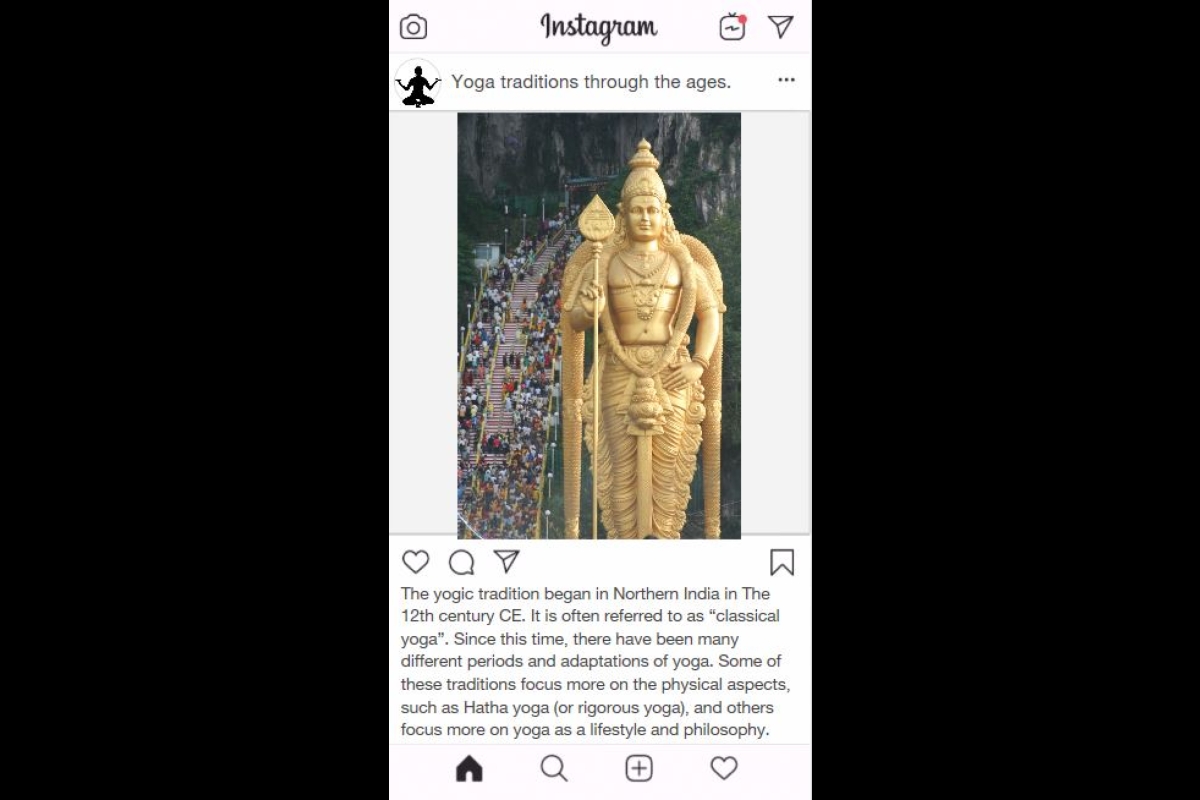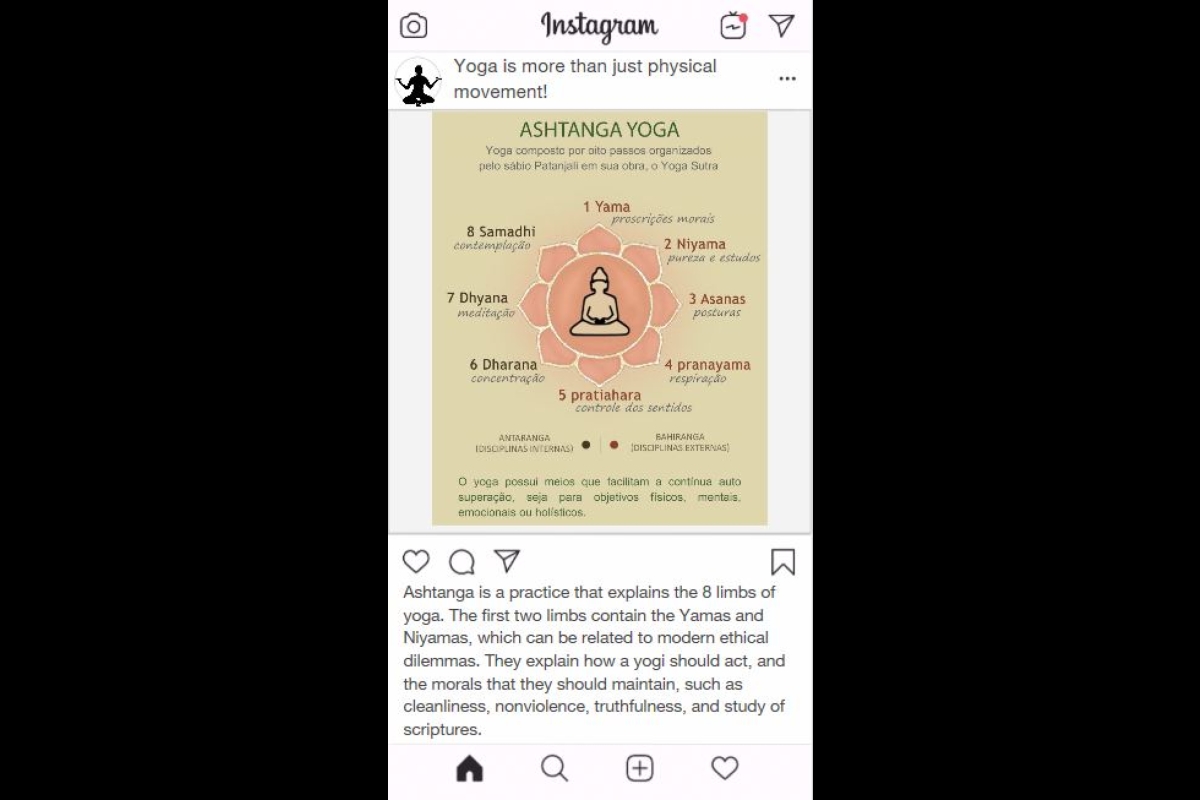This summer, Arizona State University religious studies PhD candidate Jamie Edmonds decided to incorporate technology into the final projects of his religion and moral issues course, allowing students the opportunity to express what they had learned in a creative, unique way.
“It seems to me that two of the biggest things employers are looking for are critical thinking and the ability to work in a team that may never meet in an office,” said Edmonds. “These projects tap into both these needs. It teaches students how to communicate through all of the many digital tools. It also makes them create original projects that engage with critical research on the way in which religion and morality change and are changed by technology.”
The online class was divided into groups and challenged to come up with ways to represent the changing morals in religion caused by technology.
“Topically, the interaction between technology and religion is fascinating and students find it interesting,” said Edmonds. “Anything from online dating to Buddhist robots seems to spark student interest.”
Edmonds, who focuses on the anthropology of religion for his research in the School of Historical, Philosophical and Religious Studies, said two projects stood out to him.
One group of students that included religious studies undergraduate Maria Edwards, anthropology undergraduate Rebecca Gonzales and dual history and religious studies undergraduate Vanessa Parent decided to create a small journal publication.
“We felt it was important for us to stand out, to be original,” said Parent. “The idea was to create a magazine where each of us contributed our own exposé as independent journalists.”
They called the journal “Technology and Islam.” Each student wrote an article about a topic that interested them, including the media misconception of sex through the lens of Sharia law, online ummah (community) and dating in Islamic culture.
Not only is the journal filled with colloquial language that anyone can read and learn from, it is also visually appealing. The images and formats used in the project make it easy to understand the topics the group wrote about.
“I find working on group projects online enjoyable and less restrictive than meeting in person,” said Parent. “We created a group chat through the Hangouts app, which allowed us to talk about ideas in real time. It was like texting your friends.”
Another project that stood out was created by art studies undergraduate Nula Chandrani, health sciences undergraduate Courtney Sharp, communication undergraduate Annie Harris and sociology undergraduate Deanna Smith.
For their final project, they took to the world of social media and created an Instagram account dedicated to the spreading Hindu practice of yoga worldwide.
In their profile, they post pictures and create captions so they can explore different scriptures and movements and how they pertain to yoga and Hinduism.
Each of these groups dedicated themselves to using technology to further their own understanding of the topics they were researching and ended up producing ways to share their knowledge with general audiences.
More Science and technology

ASU professor breeds new tomato variety, the 'Desert Dew'
In an era defined by climate volatility and resource scarcity, researchers are developing crops that can survive — and thrive —…

Science meets play: ASU researcher makes developmental science hands-on for families
On a Friday morning at the Edna Vihel Arts Center in Tempe, toddlers dip paint brushes into bright colors, decorating paper…

ASU water polo player defends the goal — and our data
Marie Rudasics is the last line of defense.Six players advance across the pool with a single objective in mind: making sure that…


